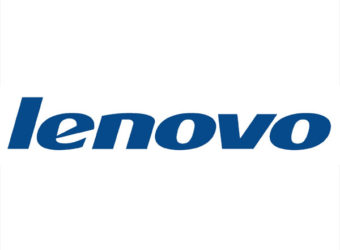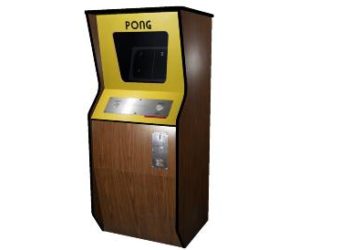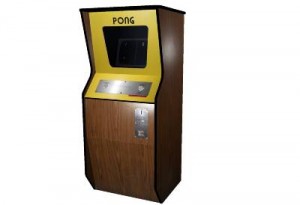December 8, 2004: IBM sells PC Division to Lenovo
Subscribe! Spotify | RSS | More
2004 – It was an interesting day in the Tech community when we heard the news. IBM was getting out of the desktop and laptop markets and focus on server and infrastructure. They started by selling all their assets to Lenovo – China’s largest computer manufacturer. Lenovo wasn’t a household name in the US, but this pretty much changed that overnight.The deal was for $650 million in cash and $600 million in stock. Lenovo would also acquire $500 million in IBM liabilities, which would put the total to $1.75 billion. In return, Lenovo would instantly become the 3rd largest PC vendor with $12 billion in revenue, not to mention major markets in both China and the U.S.
Subscribe to Day In Tech History:
RSS Feed - iTunes - Android - Spotify - iHeartRadio
Facebook -
- RSS Bandwidth by Cachefly Get a 14 Day Trial
- Join me on Patreon and support Day in Tech History
- RCA demonstrates Split Screen technology for the first time.
- Patent for Coaxial cable
- Atari sues Coleco, Coleco sues back.









![Kevin-Mitnick-125x125[1] Kevin Mitnick](https://dayintechhistory.com/wp-content/uploads/2012/09/Kevin-Mitnick-125x1251-340x250.jpg)

![Mad-Men[1] Mad Men](https://dayintechhistory.com/wp-content/uploads/2013/08/Mad-Men1-340x250.jpg)

![blogspot[1] Blogspot](https://dayintechhistory.com/wp-content/uploads/2013/08/blogspot1-340x250.jpg)




